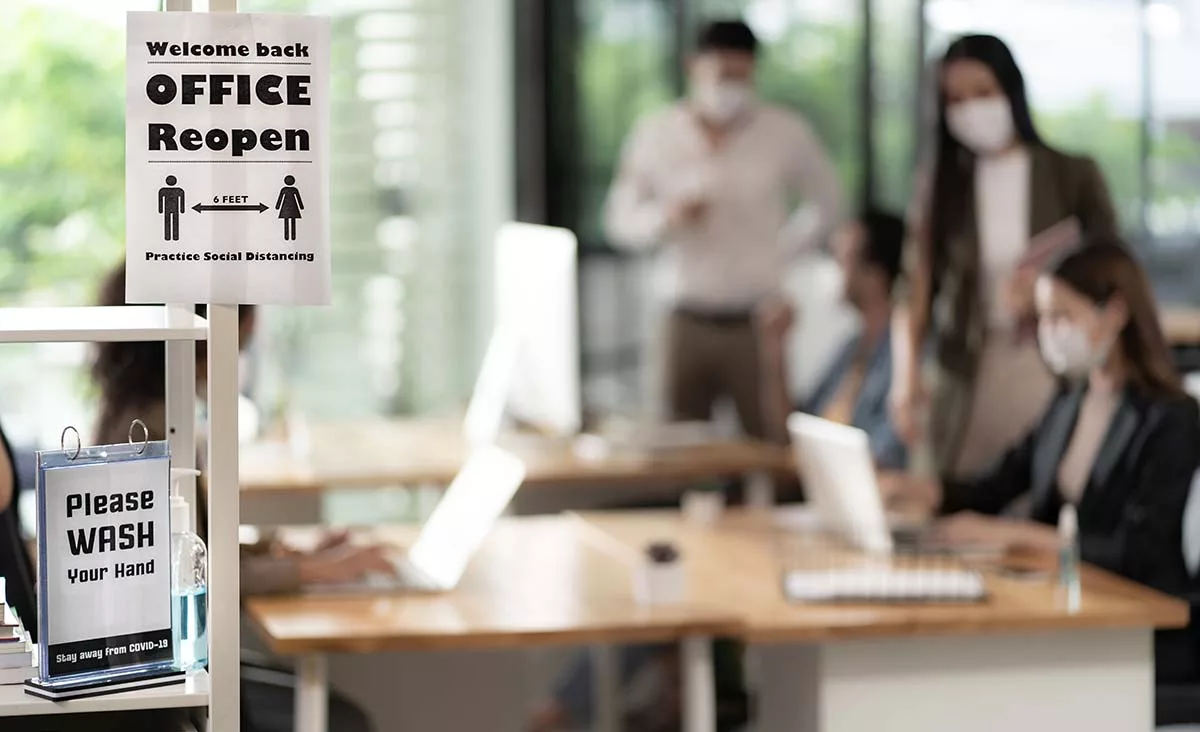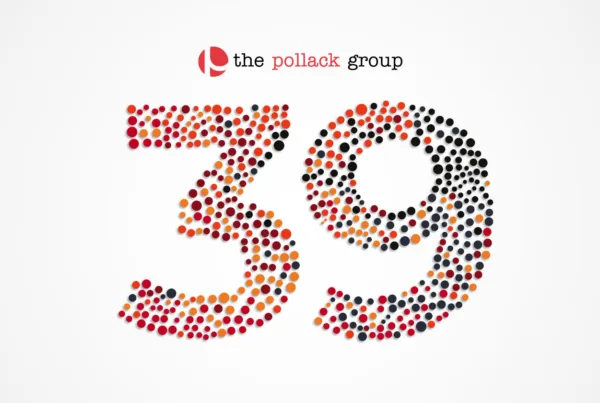By Noemi Pollack
Like many companies, our agency’s plan had always been to open post-Labor Day, albeit in a hybrid way. We readied with uploaded vaccine cards from all employees, put all recommended safety measures in place, arranged for social distancing in both our LA and NY offices, and embraced our collective cautious enthusiasm about a return to the workplace.
And yet…
Doubt crept in when Google, Uber Technologies, Inc., and Wells Fargo & Co., to name a few, all pushed back their return-to-office dates to at least October, while Facebook Inc., Apple, and Lyft Inc. pushed their return-to-office date until sometime early next year. With no definitive date as to when to open or specific guidelines, it became a matter of company preferences and situational considerations as to local market conditions, coupled with ever-changing government ordinances. Included in the mix, was a matter of numbers, such as how many returning employees needed how many distanced spaces, etc.
“Out of an abundance of caution,” we considered all tools available.
In the midst of an aggressive Delta Variant, coupled with growing whispers of new variants heading our way, comes a cautionary tale that has upended the reset button for normalcy in the workplace. The question that was rolled around all summer was not necessarily the date of return, but whether there would be flexibility about the number of days required to be in the office, as opposed to the standard five-day workweek — and what that would that look like.
The summer optimism for a fresh start has been replaced by trepidation. A June McKinsey report found that employees who are scheduled to return to physical workplaces are most stressed about their physical and mental health. Also, the trust factor between employer and employee has been weakened. George Penn, vice president in the Gartner HR practice, a research and advisory company, told CNBC’s Make It, “If a company is performing well and individual employees are performing well remotely, many will beg the question, why are you mandating a return?”
Really no good answer — except that collaborating in-person with colleagues has no substitute. For us, creative juices flow best in that scenario. It is akin to the plight of a comedian performing during COVID-19 with no audience, and how did that work? Our growth has always come from collectively bouncing ideas and creative outputs off each other, in person.
There is some good news: recent court decisions have upheld employers’ rights to require proof of vaccinations and with it, comes a measure of workplace safety. What becomes most essential is for a company to effectively communicate its safety policies to employees, and do so consistently.
I think the return-to-office can happen — with caution. Clearly, there is a new normal, but with adaptability and flexibility, we can make it “our new normal.”






